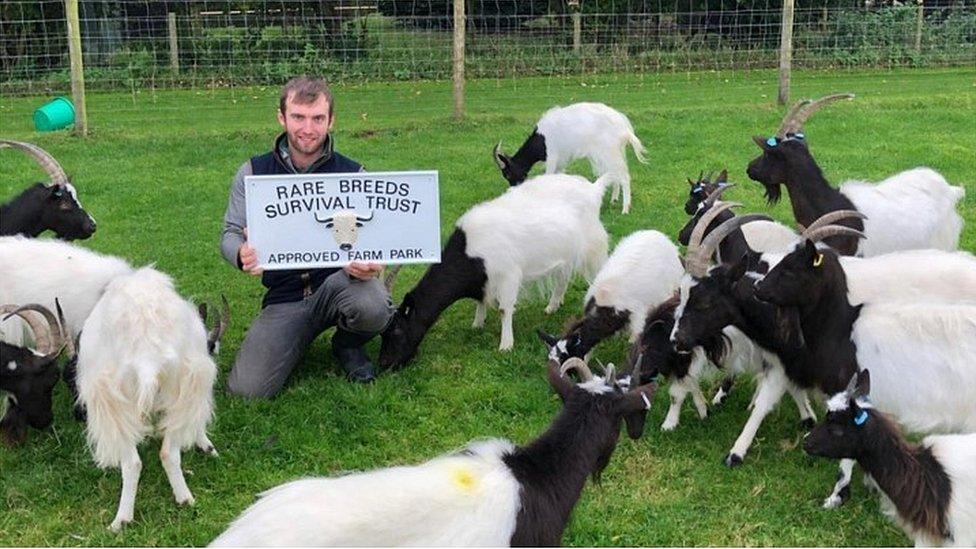Orphaned lamb death rate cut at rare breeds centre
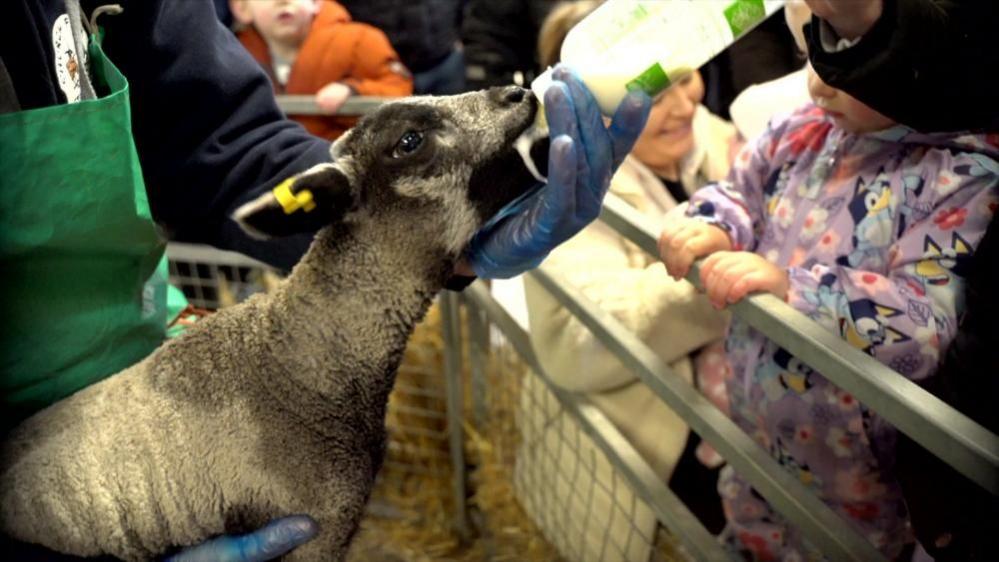
Church Farm Rare Breeds Centre says it has adopted stringent biosecurity while hand-feeding lambs which has reduced mortality rates
- Published
A rare breeds centre claimed to have cut mortality rates of orphaned new-born lambs.
Church Farm Rare Breeds Centre, in Stow Bardolph, near Downham Market, in Norfolk, said over the past three years, 197 of 199 bottle-fed lambs survived to go out to pasture.
Its livestock manager, Daniel Holliday, said national statistics showed a 20% mortality rate, and he put their success down to strict biosecurity measures.
"We wear wash down aprons and gloves so we look a little bit clinical, and we have lots of rules about when and where the public can touch the lambs," he said.
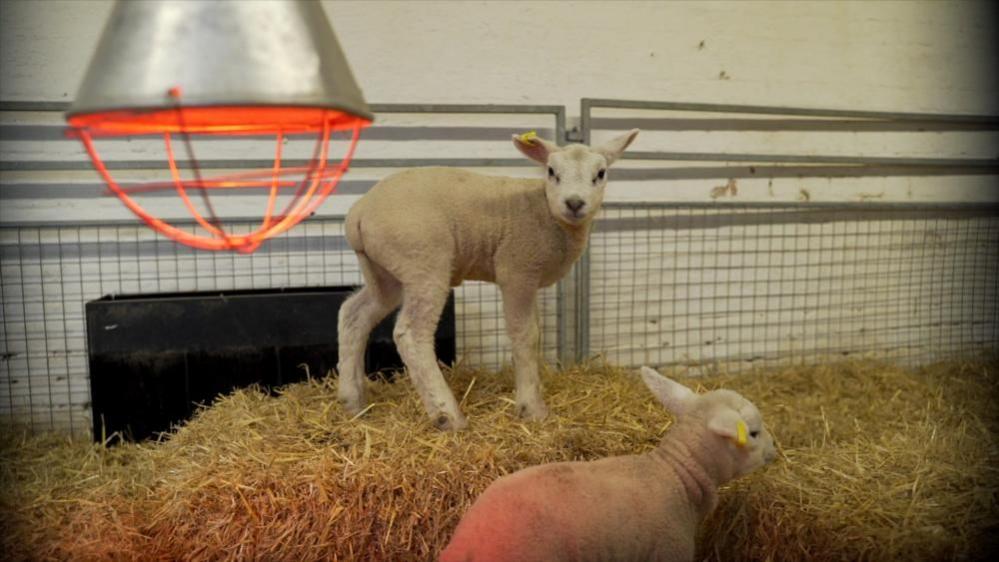
Some of the ewes have given birth to triplets and occasionally quadruplets, which puts some lambs at great risk of not accessing sufficient milk.
The farm said it planned its breeding season for sheep so that lambs were born from early February to the end of April, which allowed visitors to get a greater understanding of nature, farming and food.
This season, nine sets of triplets and one set of quads were born which meant some had to be fostered to other ewes or hand reared by bottle.
"We had a lovely Jacob ewe have quads, so she had four babies," Mr Holliday said.
"She's only really going to be able to feed two of those, so we will try to foster one or two onto another ewe or mummy sheep. If that's not possible, we will hand rear them.
"We do have some very boring, but very important, rules in place. Lots of biosecurity, lots of feet-dipping.
"It just keeps the lambs nice and clean and healthy and out of the last 199 orphaned lambs we've reared, we've had 197 survive, so we're doing really well and are proud of that."
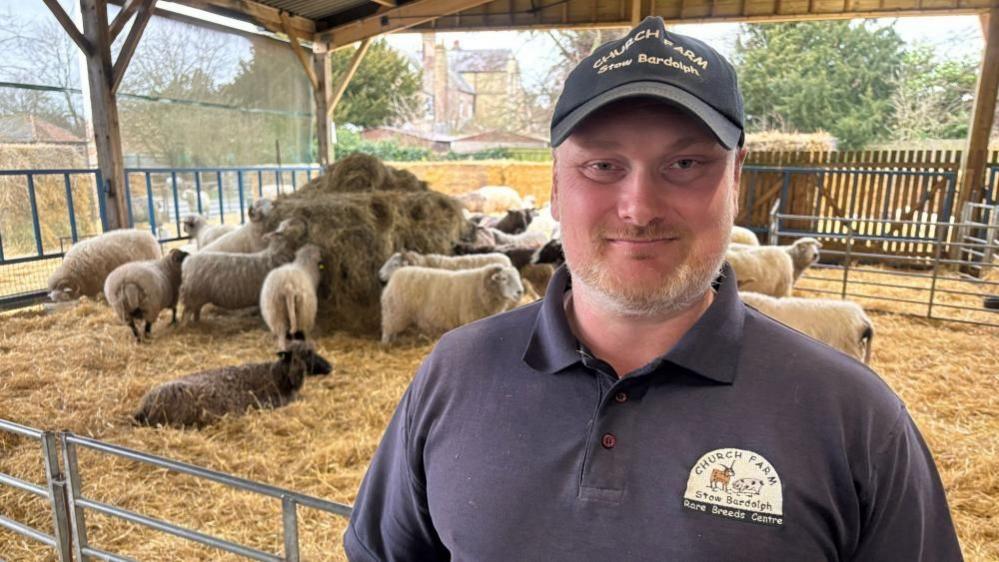
Daniel Holliday says their success in reducing lamb mortality was down to "some very boring, but very important rules"
Mr Holliday added: "We love getting people, adults and children as close as possible to our animals and lambing is a great time of year because we have hundreds of lambs born.
"When they have their lambs in the maternity ward, they then go into a pen for two or three days, and if everyone is happy and fit and healthy, they go to the nursery for two or three days and from the nursery to the big green fields."
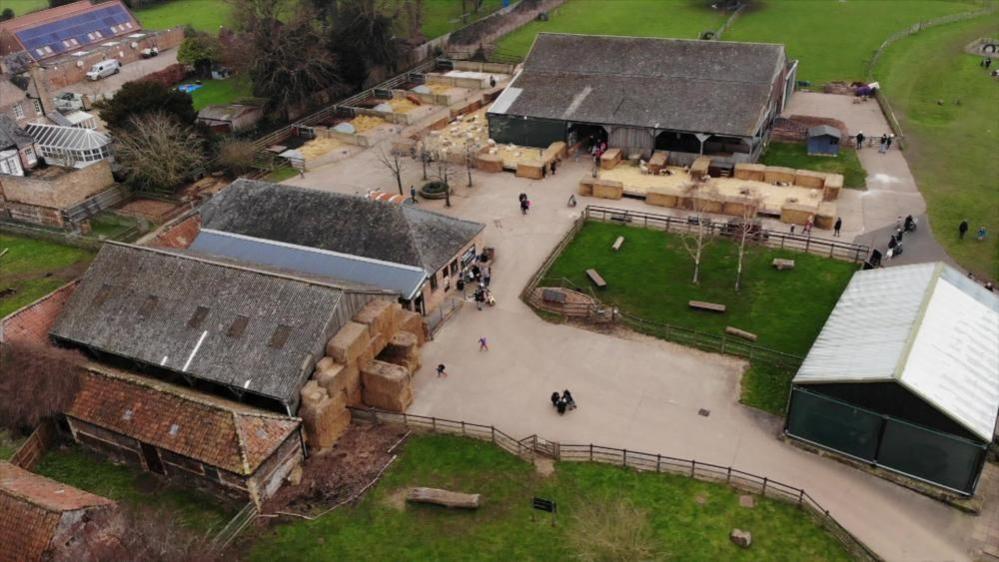
Church Farm Rare Breeds Centre planned its sheep breeding programme so lambs were born between February and April
Get in touch
Do you have a story suggestion for Norfolk?
Follow Norfolk news on BBC Sounds, Facebook, external, Instagram, external and X, external.
- Published18 April 2024
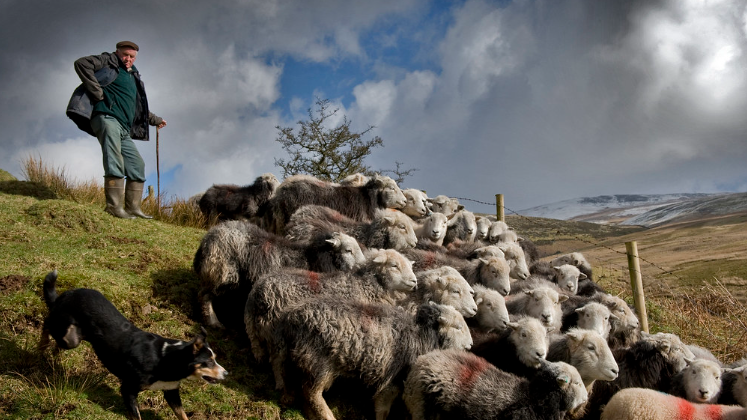
- Published5 March 2024

- Published19 July 2023
